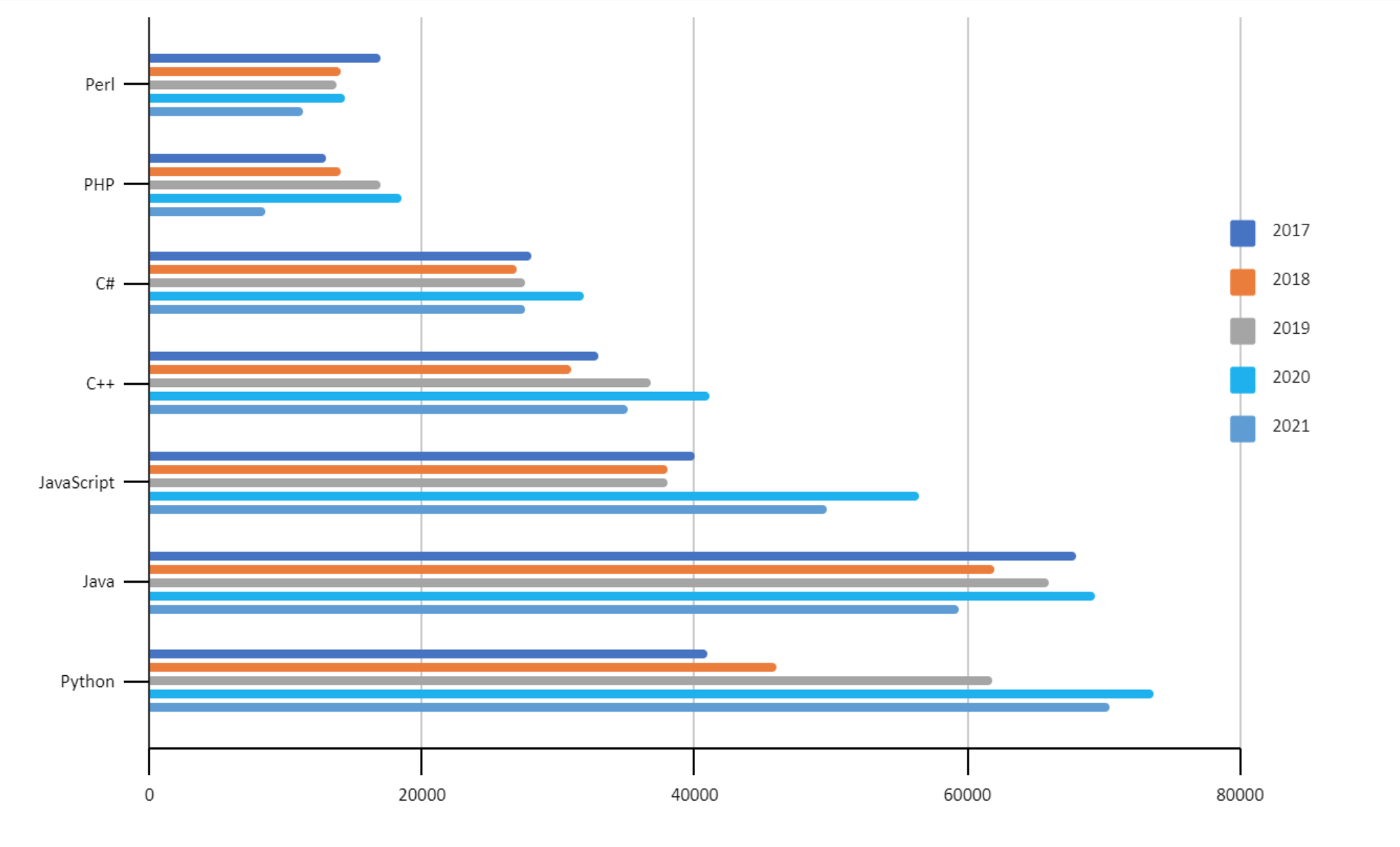Transitioning from hobbyist to full-stack developer is not uncommon. Programming is one of those skills that often starts as a hobby. A clever idea for a script to make your life easier or just wanting to customize the way your computer works. You play around and jury-rig together codes until it works.
As you get more interested and experienced, you might start to plan out your script and programs a little more. You start adding comments. Condensing down redundant code. Making it more elegant. But you’re still far from being a full-stack developer. For that, you need to think bigger and broader. You need an understanding of how all the parts fit together, not just the one piece.
A typical hobbyist project
You might be reading this wondering whether you’re a hobbyist or not. It largely comes down to the scale of the projects you’ve worked on, rather than your actual programming ability. You can be the best developer in the world, with elegant, efficient code that never has a single logical mistake or bug. But you could still be doing hobbyist projects.
A hobbyist project is one that’s self-contained. Perhaps you’ve made a program for your company that takes the data from an Excel sheet, runs analytics to determine how successful you’ve been and then gives an output. Perhaps you’ve even added a graphical user interface. But if all the code lives in one place, as a single entity that you control, then it’s not a full-stack project. It’s missing one key element: interacting with other people’s code. A full-stack project is if that same program links to an SQL database that’s constantly receiving data from another program. Where you need to use an API to call information from three different sources and combine them to make your calculations. And where you have front-end and back-end systems all working in tandem.
What is a technology stack?
It’s a combination of software, databases and programming languages. A package of parts that come together to make your life easier. They include the front-end elements as well as the back-end. Read more about how to learn MERN stack on our blog. So how do you make that jump from hobbyist to full-stack developer? It’s actually pretty simple.
Learn multiple languages
Most hobbyist developers only know a single language. Whether that’s Python or C#, it’s the only language they know. But to be able to use a framework like MERN, developers often need to know at least two languages, often three. Thankfully, once you know one language it’s much easier to learn another. Most of the logic and key principles are the same between the major languages. The most common languages to learn are Python, JavaScript and any of the C languages.
Number of Job Openings Per Programming Language

Learn to use libraries and frameworks
A library is a series of functions and code that you can plug into your program to do tasks that would take you too long to figure out for yourself. For example, if you want to scan through a pile of text documents, you probably don’t want to program the search functionality from scratch. There’ll be a library for that. In fact, there are libraries for pretty much everything, from graphic interfaces to networking computers. Frameworks on the other hand are a series of tools to help you with a specific task. For example, in the MERN stack there’s a web framework called Express.js. This has all you need to host the website and automate the tasks.
Learn to use databases
It’s not enough to simply code. You need to understand how that data is stored and how to work with it. How do you use that data? A common database is SQL, which has its own language you’ll need to learn. Databases are the key to any programming project. If you’ve not worked with one before, separate from the data tables inside your code, then you’ll need to practice. Almost every project is going to need a database at some point, even if that’s just to store customer names.
Work as a team
The biggest difference between a hobbyist and a full-stack developer is the size of the projects. And with larger projects come larger teams. Not only do you need to grow accustomed to using other people’s code, such as in libraries or APIs. But you also need to learn how to work together on the same code with a colleague. Can you plan out the program together? Can you justify your choices? Can you make it easy for them to read and change, should you fall ill or leave the project? It also means that you need to be able to understand the whole process. You need to see how your code ties in with theirs.
Work on a large project
The best way to make this transition is with experience. So learn three full languages, see the process from start to finish, and get hands-on experience with a practical project. Join our bootcamp.

